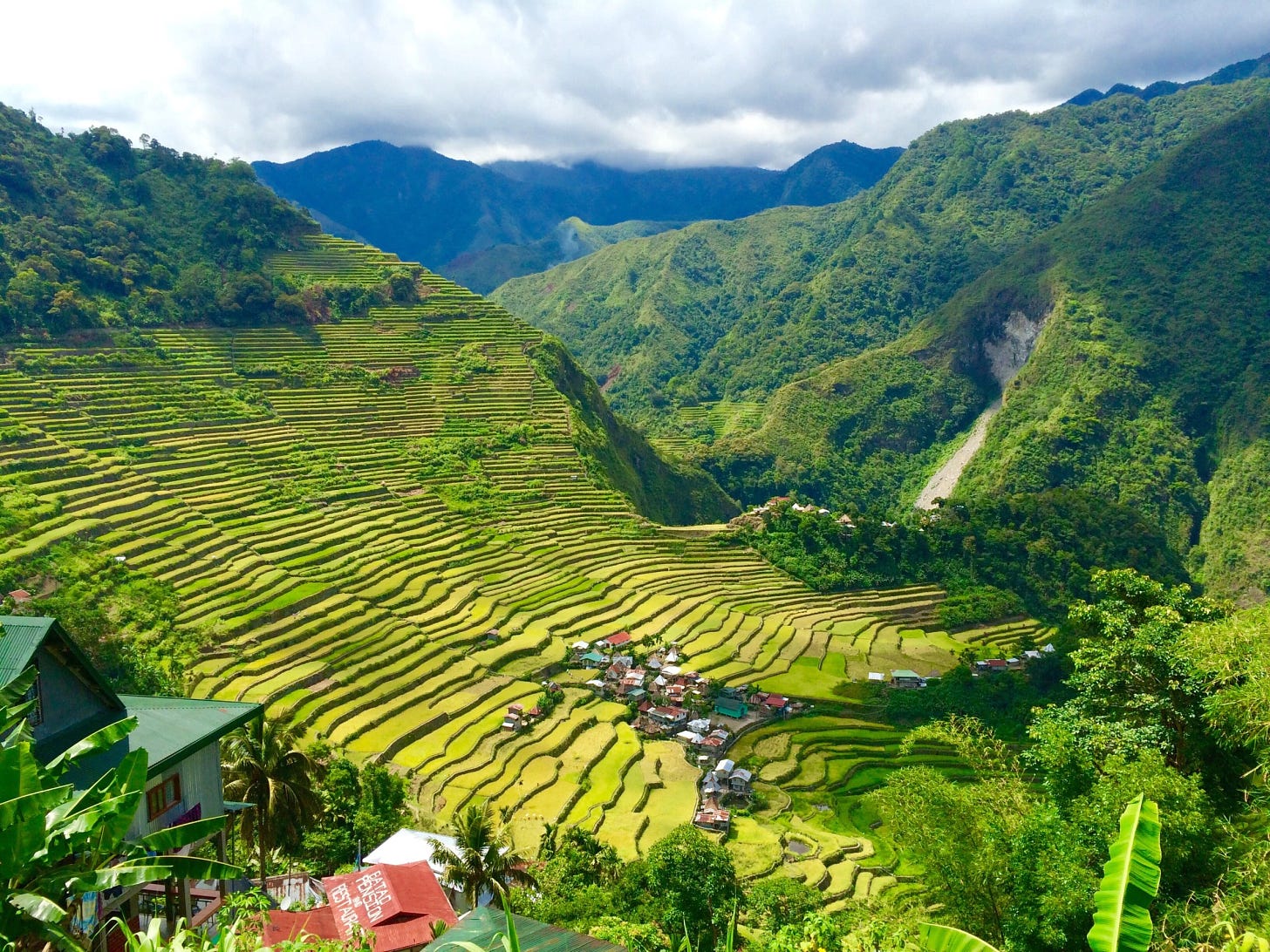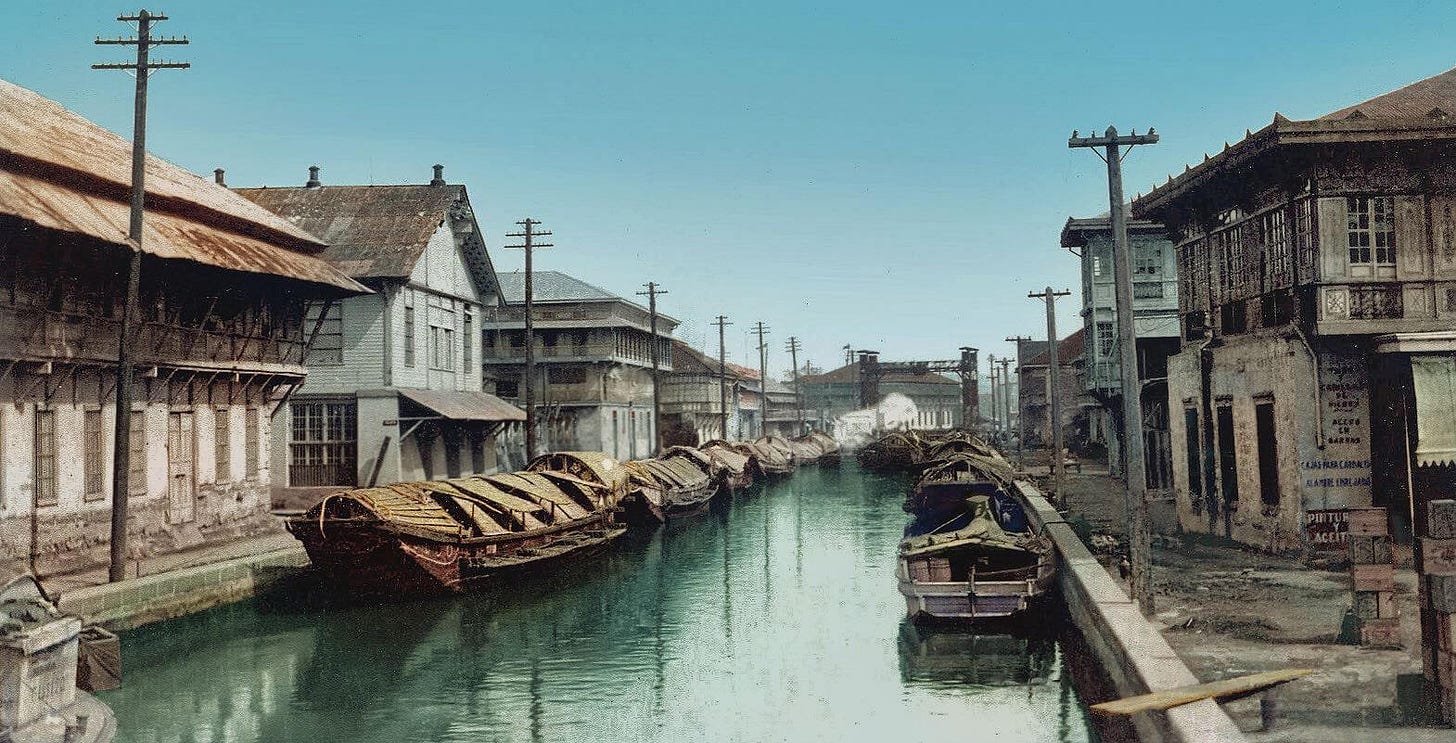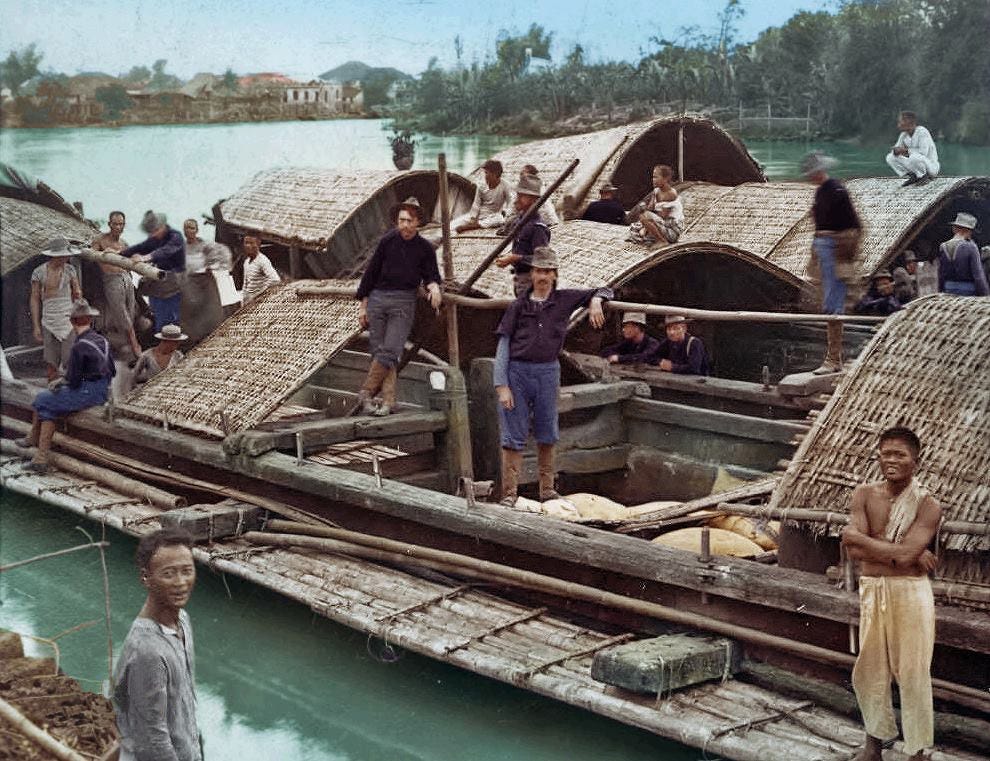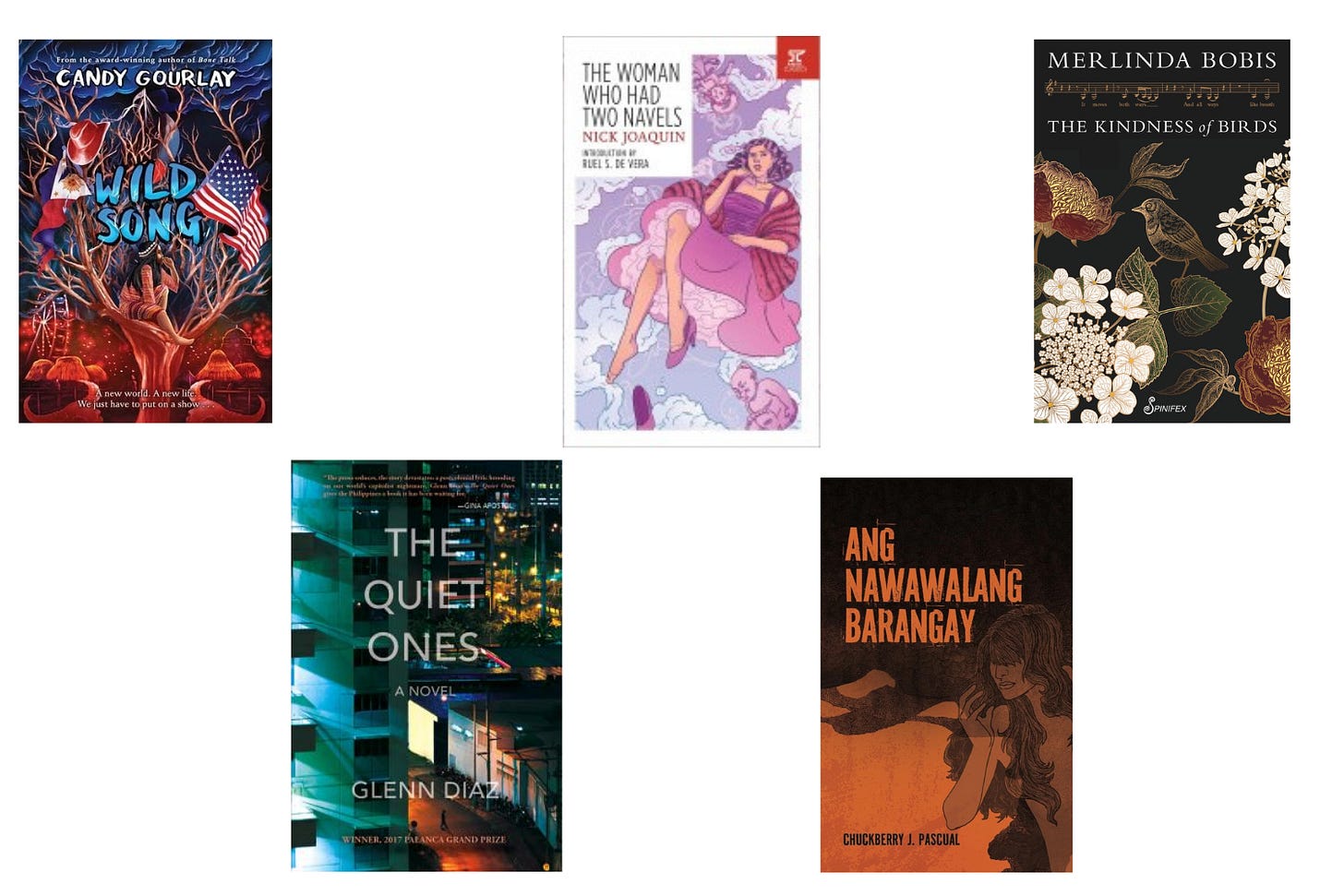In honor of Philippines Independence Day this June 12th, I made a list of fiction books if you want to read more about the Philippines. Even though these books are fiction, you can learn more a lot from these books as Filipinos write their stories very much based on current and past socio-political and economic events. Even our supernatural or horror stories are based on those. These books tackle our colonial past but also talk about current events and Filipino pop culture. Let’s get started!
You can also read part 1 here.
Wild Song by Candy Gourlay
It's 1904 and Luki and her tribe from a remote village in Bontoc is invited to participate in the St. Louis’ World Fair in Missouri. The ancients forbid the people to go. Who would tend the rice fields carved by their ancestors years ago? How could they leave behind the invisible world of the spirits tethered to their land? Eventually people decided to go because of the promises of the American handler, Truman Hunt. At first, Luki was enamored by America. There was so many things to see and many wonders to behold. But then, she keeps hearing Americans calling her and her tribe as savages, dogeaters, and headhunters. Soon her tribe were made to perform special rituals as entertainment every single day. What was meant for special occasions was soon bastardized. Luki eventually realizes that the Americans don’t see them as human beings but rather as exhibits, only there for their entertainment. They were there to make the Americans feel good about themselves - that they live a far more superior way of life. Now, she must choose between the two Americas she came to know - the one that offered lots of choices and possibilities or the one that looked down on them just because they live a different life from theirs.
The Philippines' participation in the St. Louis' World Fair is a real-life event where Filipinos were made to put on display. As a result, these exhibits sparked negative stereotypes against Filipinos. The American handler, Truman Hunt, is also a real person who exploited Filipinos and held back their wages. I loved this book even though it made me angry. I love reading about the rituals and practices of Luki’s tribe. Read my full review here.

The Quiet Ones by Glenn Diaz
A group of call center agents embezzle money from the American company they work for. When they thought they can get away with it, one of them receives a phone call at 4 AM saying that the police is on their way.
Besides the plot, The Quiet Ones tells the story of Manila’s inhabitants - outsourced call center agents. A sub-group in this third-world country. A product of globalization and the rise of call centers. We see the characters go through the routines of their soul-sapping job, the draining Manila commute, and the financial problems they have living in a poor country. I personally hate going to Manila because of the commute but I love reading about a place that I have been to. I laughed at the truth behind Manila's horrible traffic and the effects of American colonialism that’s very evident all throughout the country.
If you want to learn more about call center culture or what its like living in Manila, this is the book for you.
The Woman Who Had Two Navels by Nick Joaquin
Connie Escobar says she has two navels and flees to Hong Kong to have the other one removed. As the narration moves to Hong Kong, we meet a couple of Filipino expats each carrying their own meaning of the Filipino identity. With our long history of colonization, it seems like the Filipino identity is a hodgepodge of different cultures, birthing a uniquely separate one. In the book, I feel like Joaquin explores this idea. He also suggests (in my opinion at least) that maybe being Filipino meant differently to another person depending on his social economic status, circumstances, and year of birth.
This was a difficult read for me and I was confused all the time. However, the imagery and the writing of this book is very beautiful. Old Manila comes alive and I very much wished to see what Manila looked like back then. Joaquin paints a pretty picture of Binondo, the world’s oldest Chinatown. He describes the vibrant river full of merchants on boats barking their goods. He describes the residents responding to these merchants on the azotea of their houses, a balcony alongside the river. Joaquin talks about Intramuros as if he lived a life in that area and not as a tourist who see it as the historical site it is today.
Here’s a longer review of The Woman With Two Navels.


The Kindness of Birds by Melinda Bobis
The Kindness of Birds is a collection of inter-connected stories about kindness. At the center of these stories are Filipinas and we read their grief, guilt, struggle, and resistance. One story tackles the act of giving money or supporting a fully grown adult family member - a taboo subject in the Philippines. It’s a difficult conversation to have with your family if you have grown under this circumstances. Another story reminded me of my paternal grandmother who I misunderstood to be unkind when I was young. There’s also another story about an unsung hero, Candido Iban, during the Philippine revolution against Spain. I read one story in between books and each story feature a flower and a bird. I love some of the stories here but some were a miss. Nevertheless, I enjoyed my time reading this book.
Ang Nawawalang Barangay by Chuckberry J. Pascual
Ang Nawawalang means The Missing. The last word, Barangay, however, doesn’t have a direct English translation. A barangay is the smallest political unit within a city or a municipality. It is the most local level of government in the Philippines and is similar to a village or a district in other countries. The term barangay comes from the pre-colonial word balangay which is a type of boat used by early settlers when they migrated to the Philippines. For the purposes of understanding the title better, it can be translated to The Missing Village. Maybe somebody else can correct me what’s the more apt word?
The novel is written in Tagalog. It revolves around Bree, a small-time investigator who looks into the disappearance of several individuals in her barangay. The novel is part mystery and part social commentary on local politics and religious groups. As of this writing, I am still 3/4 into the book and I am loving it so much. It’s outrageous. It’s funny. Every comedic punchline is well-timed and well-delivered. I feel like I’m watching a stand-up comedy. It captures barangay life and politics very accurately. This book has no English translation yet but I wonder how the Filipino humor will translate into English. The book is full of pop culture, inside jokes, and gay lingo. For example, there’s a scene in the book where Bree references a Vilma Santos and Nora Aunor stare-off which is hilarious if you’ve grown up watching these two actresses.
I am not finished with the book yet but I already think this will be one of my top 10 books of 2025.
That’s all for now and Happy 127th Independence Day, Philippines!
Have you read any of the books I mentioned above? If yes, let me know which ones and if you liked them. Do you have any recommendations for me?
In case you missed this..
Everything in this newsletter is free for now. And so, every open, like, comment, or restack means a lot to me and I thank you all for your support. If you’d like to further support me, buy me a coffee so that I can continue this work. Thanks again for reading and remember, folks, to read books out of the social media algorithm!








Thank you so much for these!! My partner is Filipino and I’ve been looking for literature to read!!
Gonna bookmark these for later reading thank you!